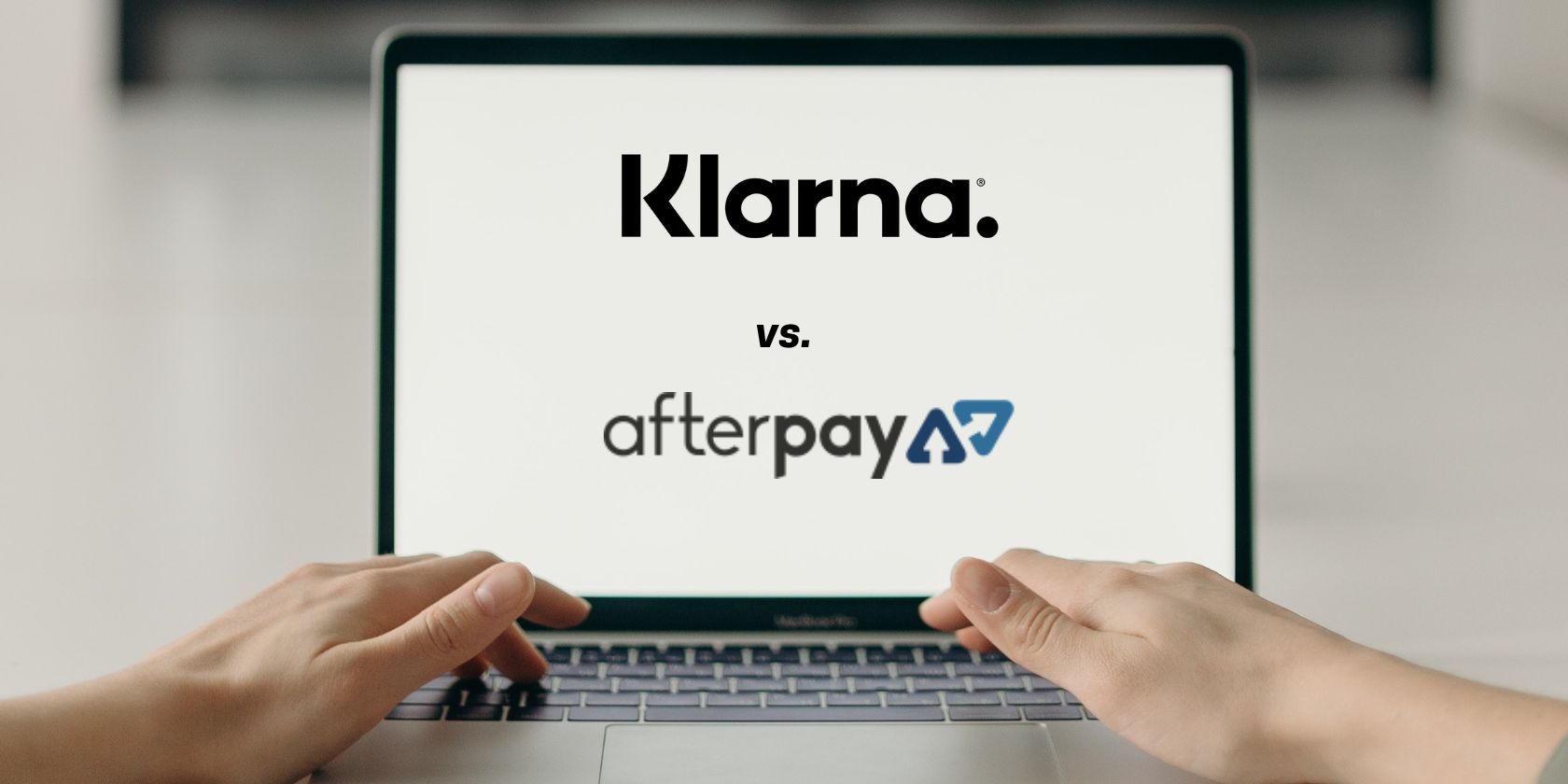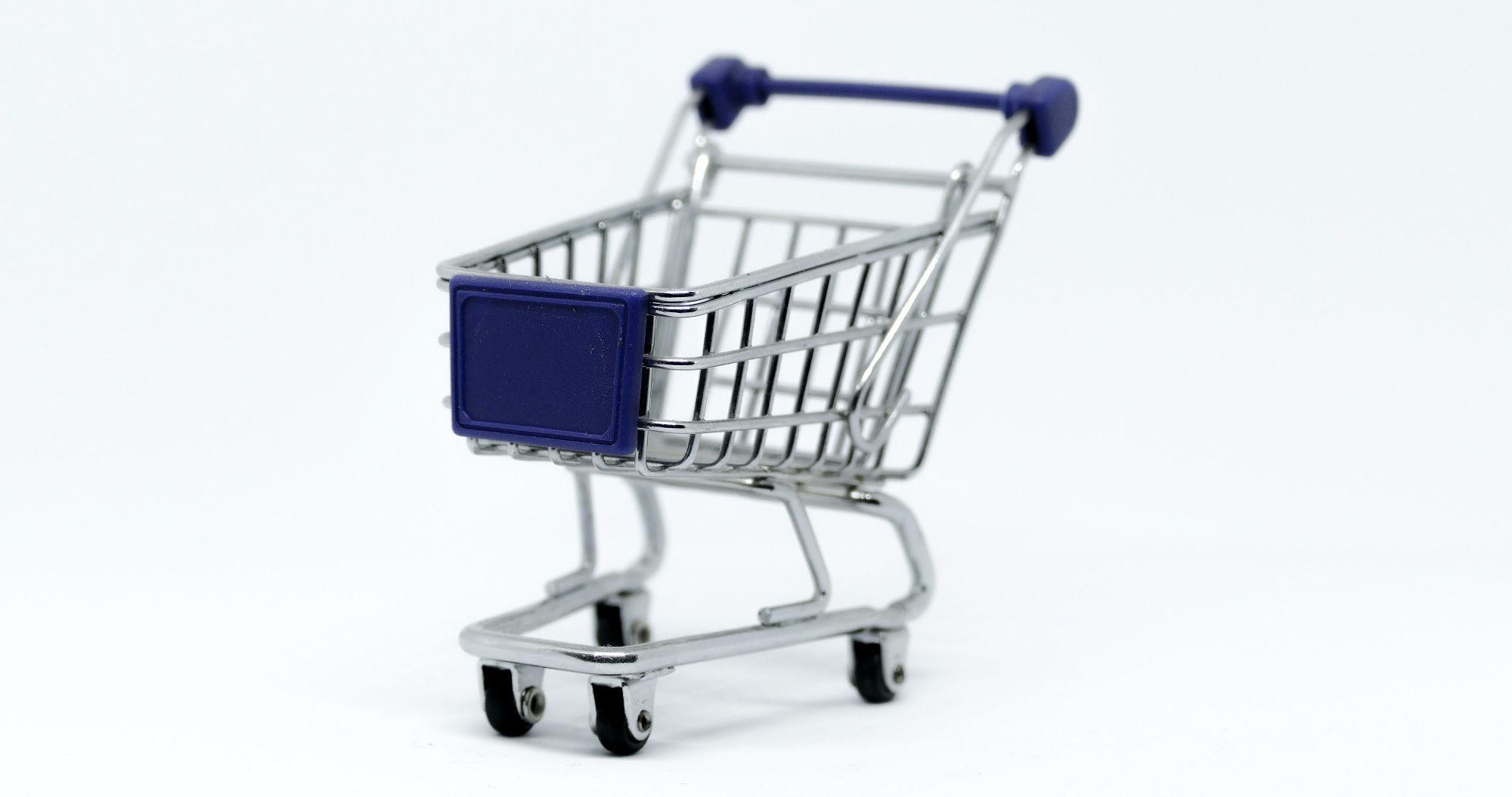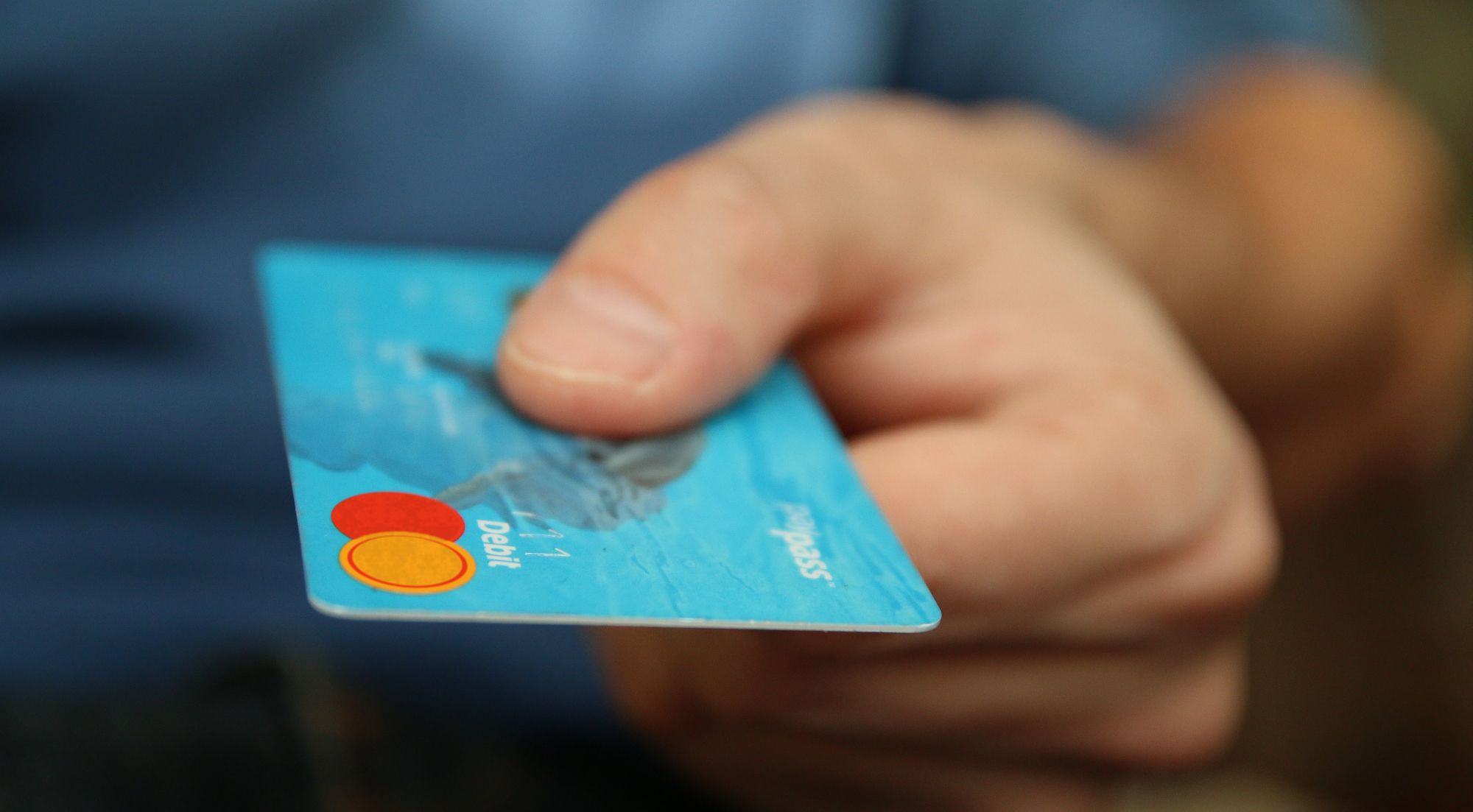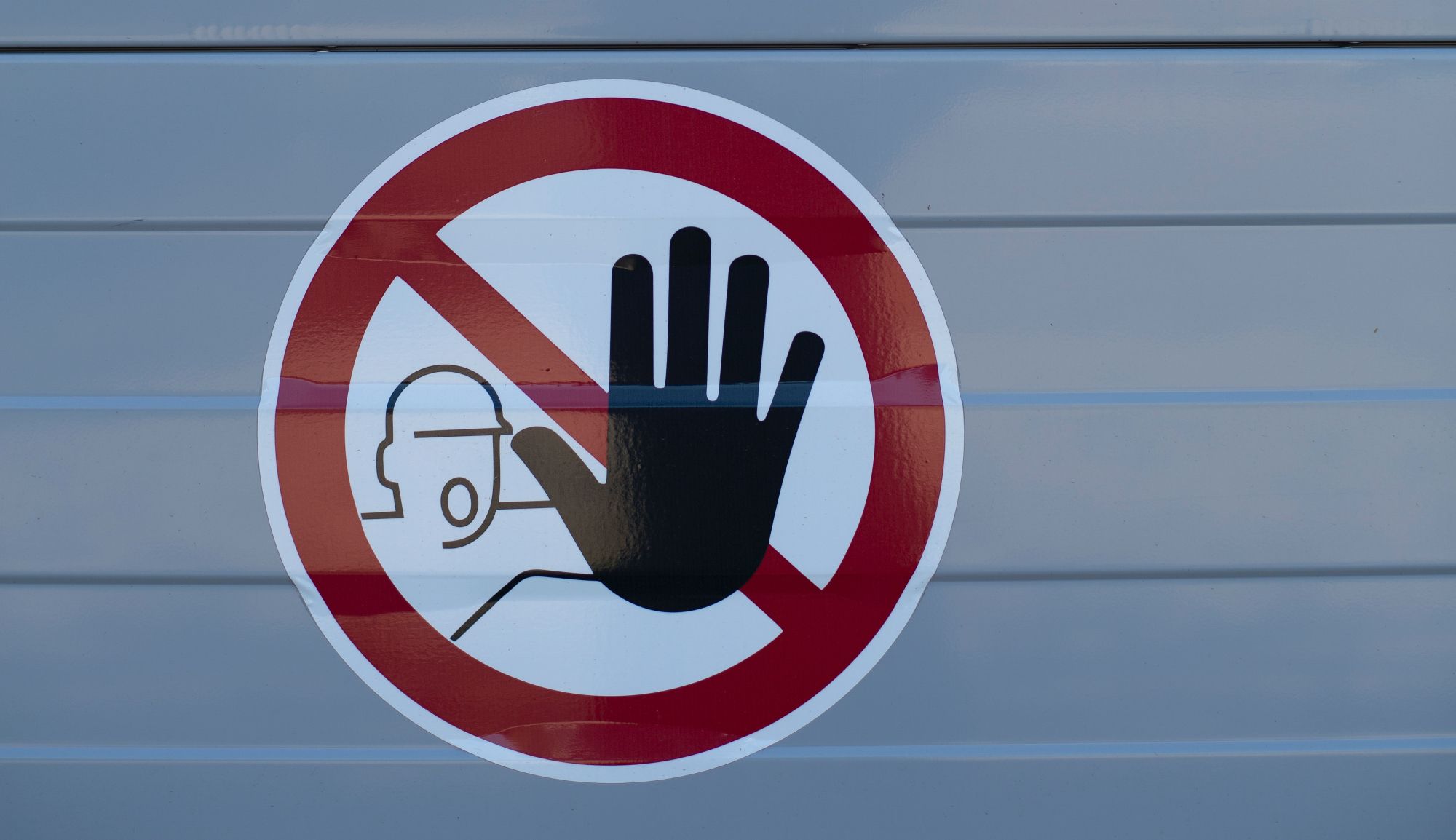Online shopping has become an integral part of many of our lives, with millions of stores out there to choose from. But paying upfront for services and products can sometimes be difficult, especially if it's an expensive purchase, or times are tough financially.
This is where buy-now-pay-later services come in, such as Klarna and Afterpay, two of the most popular options. But how do these two companies work, and which is safer to use?
The Origins of Klarna and Afterpay
While Klarna was launched way back in 2005, Afterpay (known as Clearpay in the EU and UK) only came about in 2014. However, Klarna was not always a buy-now-pay-later (BNPL) service. In fact, it wasn't always Klarna. The company began as Kreditor, and was renamed to Klarna in 2009.
It wasn't until the mid-2010s that the company adopted the BNPL model, while also becoming a bank in and of itself just a year later. Klarna was founded by Sebastian Siemiatkowski and Niklas Adalberth, two Swedish entrepreneurs.
Afterpay, on the other hand, is an Australian company, founded by Nick Molnar and Anthony Eisen. It is a financial technology company mostly known for its BNPL service, which is now used by millions of people worldwide. In fact, Afterpay stated that it had 16 million customers in its 2021 Annual Report. Afterpay can be used with over 100,000 global merchants (as again stated in the company's Annual Report).
However, Klarna is the clear winner here in terms of popularity, with the company website reporting an incredible 150 million active users and partnship with over 500,000 merchants worldwide. But both services are undoubtedly popular, and have earned a huge name for themselves in the BNPL space.
Klarna vs. Afterpay: Availability
At the time of writing, Klarna is available in a range of countries, but to different degrees. Firstly, the Klarna Checkout service can be used in Sweden, Norway, Finland, Denmark, Germany, Austria, the Netherlands, Belgium, Switzerland, the UK, and the US.
Klarna payments as "individual products" (as stated on the company website) can be accessed in Sweden, Norway, Finland, Austria, the Netherlands, Belgium, Germany, France, Italy, Switzerland, Poland, Spain, Portugal, Great Britain, Denmark, Greece, Czech Republic, the US, and Australia.
Lastly, Klarna's in-store service is available in Sweden, Norway, Finland, Denmark, Germany, Austria, the Netherlands, Poland, Belgium, Switzerland, Australia, France, Italy, Spain, Great Britain, the US, and Canada.
Afterpay (or Clearpay), on the other hand, is available only in Australia, Canada, France, Spain, New Zealand, the US, and the UK. This is clearly the more limited service, but is still available to hundreds of millions of people.
Payment Options on Klarna and Afterpay
So, how do Klarna and Afterpay work? Are they very different in their operations? Let's start with Klarna.
Klarna lets you pay later in one installment, or pay later in multiple installments. Depending on how much the purchase amounts to, there are also different options open to you. For instance, if your payment is below $35, you can pay later, but only in one installment. If, however, your payment is over $35 and below $1,000, you can pay in four installments.
Note that this is the case for US customers. In the UK, there is a Pay in Three option available for orders between £30 and £2,000. Regardless of where in the world you're situated, Klarna will take installment payments every 30 days.
Afterpay, on the other hand, isn't available in all cases. In the UK (using Clearpay), you must spend a minimum of £25 and a maximum of £800 to qualify for Afterpay's BNPL service. In the US, on the other hand, you need to spend at least $35 and at most to use Afterpay.
Like Klarna, Afterpay gives you multiple payment options. You can choose to pay in four installments over six weeks, or use the service's Single-Use Payment feature. Afterpay has also introduced an option that allows you to pay over six or 12 months when you make larger purchase (i.e purchases over $400 in the US).
Neither Klarna nor Afterpay charge interest or fees for payments made on time. Both Klarna and Afterpay also offer users a virtual card that they can use to make payments at a much larger selection of vendors than the BNPL service alone.
With both of these virtual cards, the payments you make can be split into installations, instead of being instantly taken out of your account (as is the case with many typical virtual payment cards, such as that offered on the Google Wallet and Samsung Wallet apps). You can access these cards via the smartphone app versions of Klarna and Afterpay.
Klarna vs. Afterpay: Fees and Penalties
Klarna and Afterpay are great for breaking payments up or pushing them to a later date, but a line must be drawn here by both companies. Of course, users can't just put off payments forever, but many have been in this position before. So, both Klarna and Afterpay have late fees and penalties in place for such scenarios.
Klarna allows customers to delay installments, but only for so long. You can delay your payment by 14 days on your account to give yourself more time, but if there still isn't enough money in your account after this delay window, Klarna will charge a late fee of up to $7 per missed installment.
However, Klarna does offer alterations and support for those dealing with financial hardship, so you can get in touch with the company if you find yourself in such a situation. What's more, Klarna can ban you from using its BNPL service if you consistently miss payments.
Afterpay has a slightly higher late fee of up to $10, with an additional $7 fee if the payment isn't made after another week, and so on. But Afterpay limits fees to 25% of the initial purchase amount.
While Afterpay won't block you from using its BNPL service, your account will be paused until your missed payments are made. But, like Klarna, Afterpay offers support for those struggling financially, known as the Hardship Policy. So, if you're struggling to make payments, you can find help here.
Both Afterpay and Klarna use debt collectors for those users who simply do not make their scheduled payments, full stop. These companies can take you to court, but it's not massively likely, especially for small purchases.
How Secure Are Klarna and Afterpay?
Klarna and Afterpay seem to be pretty similar so far, but how do their security features compare to each other? Is Klarna safe, can Afterpay be trusted? Let's find out.
Klarna uses the Sofort payment system to process purchases. Sofort GmBH was acquired by Klarna in 2014, and is used by the company to offer users secure payments. Sofort requires a confirmation code to verify purchases, and even reimburses financial losses experienced by customers through the misuse of their account.
Klarna also ensures that their partnered merchants never have access to your payment information, meaning your details are kept secure with Klarna itself. You can also use PayPal to make your Klarna payments, allowing for an even higher level of security.
So, how does Afterpay measure up? Afterpay follows the payment security standard put forward by the PCI Global Security Standards Council (also known as Data Security Standard Level 1). This standard incorporates data protection, secure networks and systems, strong access control, and regular monitoring and testing.
Afterpay is also a ISO/IEC 27001 certified organization, meaning it must "establish, implement, maintain and continually improve an information security management system", as stated on the company website.
Klarna and Afterpay Are Both Safe to Use Responsibly
When it comes to Klarna and Afterpay, both companies are more or less equally trustworthy and safe. But note that you are risking late fees, account pauses, or total bans if you cannot make the required payment installations after your purchase.
So, ensure you're able to efficiently manage your money before using either of these services. If you're undecided on which to use, remember that there are some good reasons to consider using a credit card online.






.jpg)